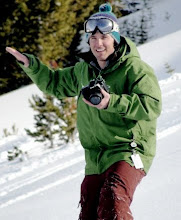
"In fiction, we discovered two main tendencies, a 'comic' tendency to integrate the hero with his society, and a 'tragic' tendency to isolate him."
-Northrop Frye
Anatomy of Criticism
pg. 54
Frye always delights when he graces his dense writing with little tidbits such as the quote from above, compact, easy to digest and above all quite insightful into his world of criticism. Using the above quote I can begin the process of categorizing literature as I read. Rather than jumping straight into the realms of mimetic, myth, and romance, I can begin with the tragic and the comic. From there, the super-highway of literature narrows down to a two lane state highway which although a little slower, is much more scenic. Once I separate between the comic and the tragic the specific modes become much more apparent.
For example, after about 225 pages of Don Quixote, I found a nice little mix of comic modes because the Don attempts to integrate his ideal chivalric lifestyle into an unreceptive world. The Don himself lives in the Comic high mimetic and romantic because of his crazy pipe dreams and hallucinations of his chivalric quest. After reading "light literature" of the High mimetic and Romantic mode, Don Quixote believes the real world exists in these same modes-- enter the low mimetic mode. The true world in which Don Quixote lives more closely resembles the low mimetic mode where chivalric knights do not exist. A comic high mimetic character mixed with a comic low mimetic setting results in comic irony and the creation of the pharmakos in Sancho Panza who inevitably receives the brunt of the Don's imagined quests. The blend of the comic modes creates great depth in the novel and makes for a wildly entertaining read.

No comments:
Post a Comment